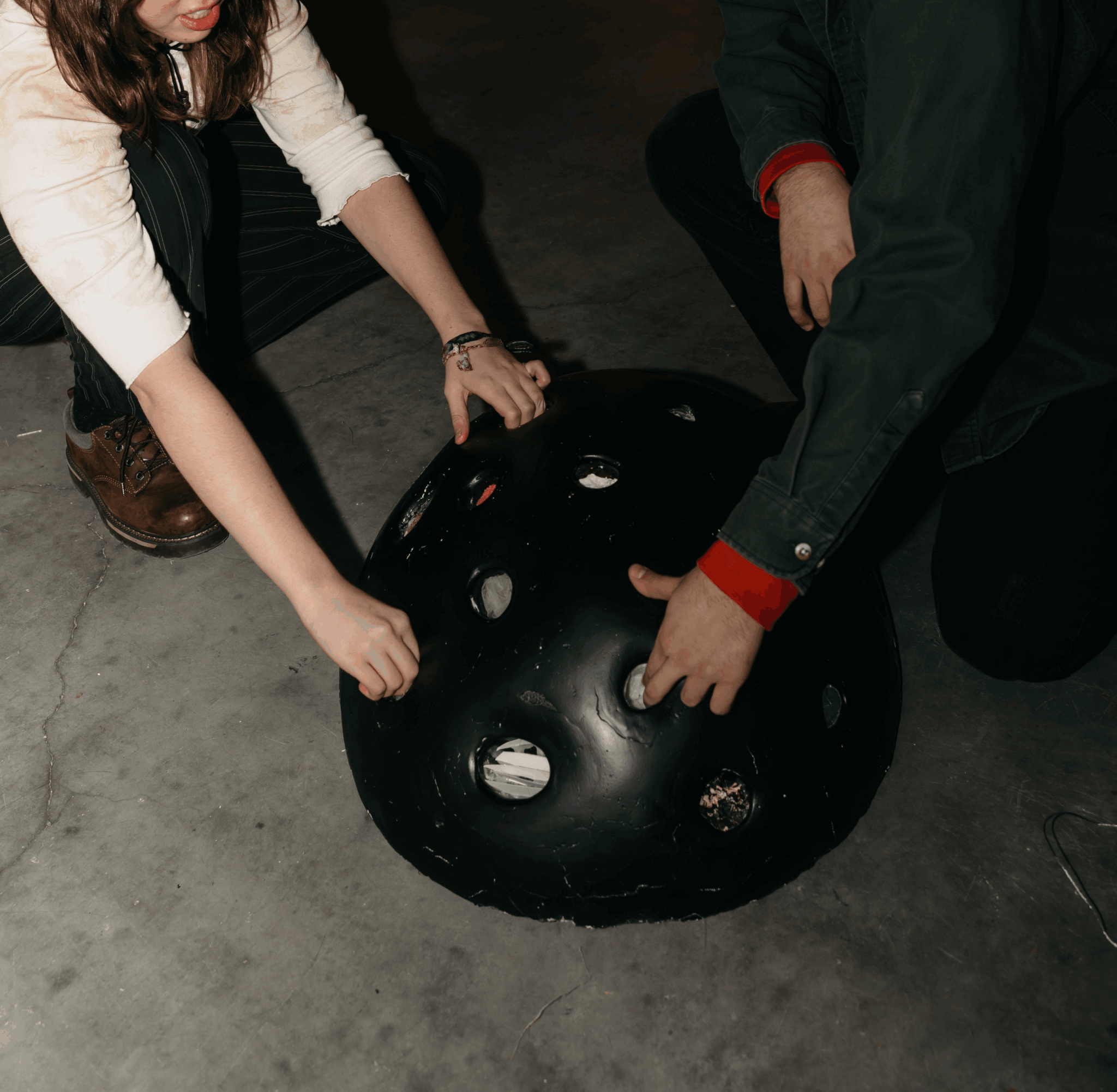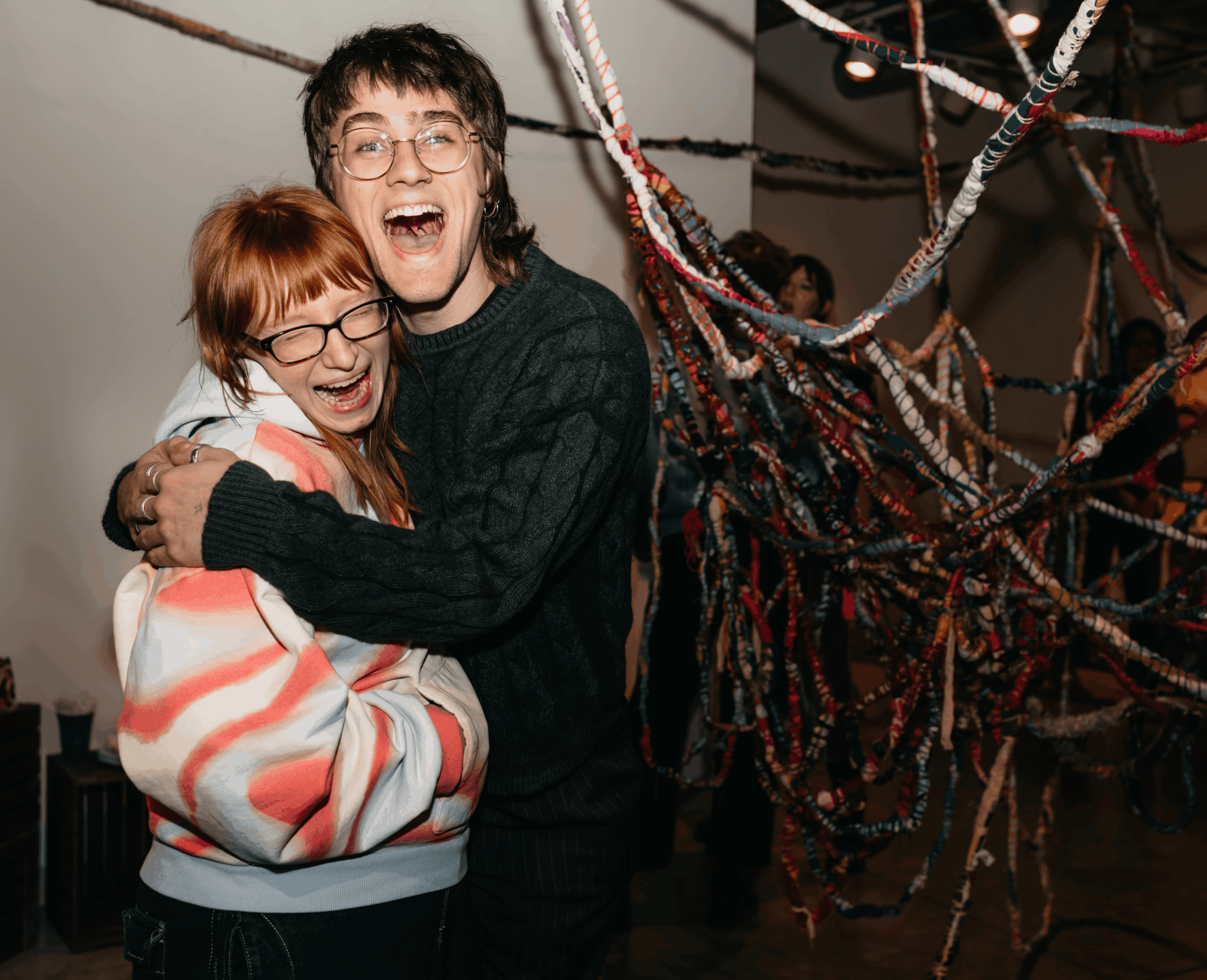Alright – so today we’ve got the honor of introducing you to Julia Meles. We think you’ll enjoy our conversation, we’ve shared it below.
Julia, thanks for joining us, excited to have you contributing your stories and insights. It’s always helpful to hear about times when someone’s had to take a risk – how did they think through the decision, why did they take the risk, and what ended up happening. We’d love to hear about a risk you’ve taken.
Pursuing creativity and a self-directed path in a society that often suppresses creativity feels like my current risky choice. Many of the systems that underpin our daily lives—consumption, labor, and communication—are structured in ways that do not prioritize or nurture creativity, particularly in the United States. For example, the education system historically evolved to prepare students for factory work, and many of those systems are still in place, and if anything is trying to be reinforced by our current government.
So, with that being said, the greatest risk I am currently embracing is attempting to build a sustainable livelihood and community through art while staying true to my core values: honesty, openness, silliness, curiosity, and stability. These values guide my life, yet the world often discourages them. Asking questions, being authentic, and expressing playfulness are frequently met with resistance, even though they are deeply fulfilling and healing. Despite these challenges, I remain committed to carving out a path that aligns with both my creative aspirations and personal principles.
I am currently working towards this goal by independently curating radical art events, focusing on creating new lesson plans within the school systems as a career path, building a furniture business behind the scenes through 1 on 1 personalized commissions and always asking questions while I connect.
![]()
Awesome – so before we get into the rest of our questions, can you briefly introduce yourself to our readers.
Building on my previous thoughts, I am currently focused on several creative pursuits, including art, curating, furniture making, and continual learning. As a senior at the Minneapolis College of Art and Design, my education has served as a catalyst for breaking into the art world—though I firmly believe that formal education is not the only path, despite what societal structures may imply.
While I do not yet earn a full income from art, design, or event planning, I am steadily working toward that goal. My curatorial work is centered on supporting emerging contemporary artists through a community-based approach, fostering connections and collaboration. In furniture design, I take a more intimate and personalized approach, collaborating with clients to create unique pieces. I ask each client to provide five descriptive words that reflect their vision for the furniture and then translate those ideas into my design language. This process allows me to connect deeply with individuals while resisting the culture of unintentional consumerism.
In addition, I am recently looking to publish poetry and other writings, as creative expression through words has recently become a significant outlet for me. Looking ahead, I envision a future built on diverse income streams that align with my values and passions, enabling me to continue exploring and growing across multiple creative fields.
For you, what’s the most rewarding aspect of being a creative?
The most rewarding aspect of being a creative in the world is all the other creatives I have met and connected with. There are artists I have met that barely need words between us because we know exactly the shapes we talk in and it feels magical. Others I can share a expansive amount of words and feel like there’s creativity sparking within every conversation. When I live authentically as myself it can be lonely at times when I am not around people who understand but when I am around people who understand me, it means the world to me.

In your view, what can society to do to best support artists, creatives and a thriving creative ecosystem?
I am grateful to live in a city with a vibrant arts scene and a reputation as one of the top cities for artist grants. However, I believe that the structure of many grants could better support adult creativity. If more grants were less formal, focusing on experimentation rather than the final outcome, it could foster a greater sense of creative freedom. I have heard there are a lot of grants like that in Scotland which is inspiring to know it can be done!
Contact Info:
- Instagram: @orangejuliam
- Other: email: [email protected]

Image Credits
Photo of Julia – Madi Berg (@redmadii – instagram)
Photo of Table – Julia Meles (@orangejuliam – instagram)
Photo of Interactive Sculpture & Josh and Julia – Hollie Leggett (https://hollieleggett.com/about)


